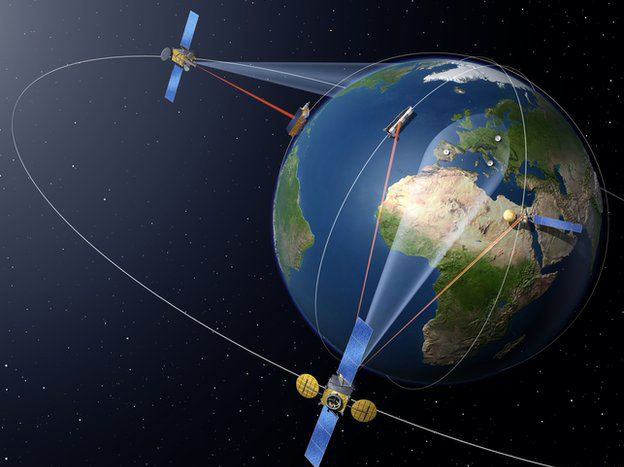Big data guides climate policy

Copernicus Programme aims to provide timely and quality information on global environment and security using multi-source data derived from surveys conducted by satellites, air and ground stations.
LONDON—In the last 12 months, the world saw the warmest temperatures on record. According to the latest data released at a recent briefing to the UN climate change conference, commonly known as COP21,by the EU’s Copernicus Programme, the world registered temperatures that were close to 0.4 degrees Celsius above the 1981-2010 average.
At the briefing, experts discussed how big data can affect policymaking on climate change and help people adapt to the changing environment.
Previously known as Global Monitoring for Environment and Security, the Copernicus Programme monitors the Earth’s environment and climate through satellite and in situ observation, providing data in six areas: land, marine and atmosphere monitoring as well as climate change, emergency management and security.
Policymakers can use its data service to develop environmental policies and respond to such emergencies as natural disasters and humanitarian crises. In addition, its timely and reliable information can help industries and researchers invest in and develop technologies while identifying gaps in their research. Two of the programme’s services—the Copernicus Atmosphere Monitoring Service and the Copernicus Climate Change Service—are implemented by the European Centre for Medium-Range Weather Forecasts (ECMWF) under the appointment of the EU.
Vincent-Henri Peuch, head of the Copernicus Atmosphere Monitoring Service, said that Copernicus data, which is free and open, will transform the way governments, industries and all people adapt to environmental changes. In addition, it will dramatically reduce uncertainties for planners and operators of energy and water infrastructure.
David King, the UK foreign secretary’s special representative for climate change, elaborated on the risks of climate change and offered his policy suggestions. He said big data research and analysis is fundamental to facilitating high-quality risk assessment of climate change and answering every question from the government.
“Big data analysis underlines all of the climate science work done by the ECMWF and the Met Office,” King said. The Met Office, the United Kingdom’s national weather service, established the Hadley Centre to focus on climate change and the impact of the greenhouse gases on global weather of the planet. The office has fully incorporated the Hadley Centre’s method of greenhouse gas modeling into its weather predictions, enabling it to give forecasts for the whole planet. “This is an enormous data analysis programme, so big data and big computers are absolutely essential,” King added.
Peuch said the latest Copernicus data sends a strong signal to COP21, which is to be held in Paris. While people are taking measures to reduce carbon emissions, it cannot be ignored that the atmosphere and climate are changing, he said.
Not only can big data be used to analyze climate change and facilitate decision-making, but also it can be applied to industries for economic benefit.
Describing its use in the energy sector, Peuch said that the Copernicus data service can support the planning of hydroelectric dam placement by monitoring and forecasting snow, ice and river runoff. Copernicus data can also enable the development of tailored maps to assess the potential yield of wind and solar generation sites.
Solar energy plays a significant role in addressing climate change and reducing carbon emissions. Kevin Sara, chairman and CEO of Nur Energie, said that the physical variables connected with atmospheric and climate change have great effect on solar energy technology. Pollution, temperature and even dust storms can decide the productivity and profitability of solar energy plants. Copernicus will broaden the perspective of the solar energy industry and bring greater certainty to decision-making in terms of where and how to deploy infrastructure around Europe and beyond, he said.
Peuch said, he expects Copernicus data to be applied to even broader areas in the future. For example, when planning infrastructure or choosing a home, people might be able to refer to Copernicus data to find out how flood risks may evolve with time, he said.
Jiang Hong is a reporter at the Chinese Social Sciences Today.
